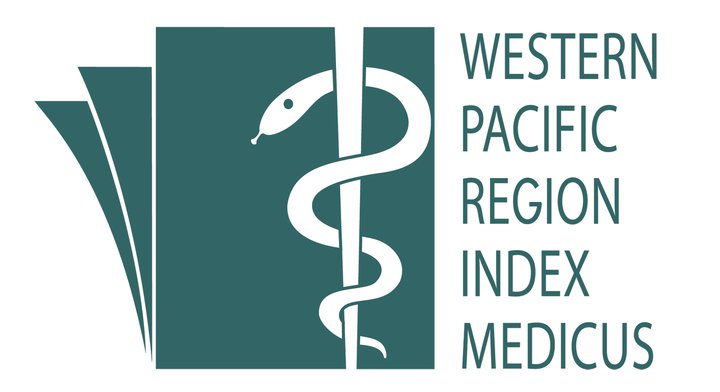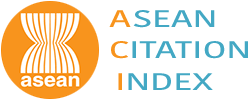Anxiety and Its Associated Factors among School-going Adolescents in Malaysia
Abstract
Introduction: Many mental health disorders have onset during adolescence. To date, the data on the correlates of anxiety is still lacking. Therefore, this study is crucial to determine the factors associated with anxiety among school-going adolescents in Malaysia.
Methodology: This study was based on 26,892 school-going adolescents from 212 selected schools in Malaysia. Anxiety was measured using Depression Anxiety and Stress Scale (DASS-21). Associations between anxiety, sociodemographic characteristics and variables of interest were examined using multivariable logistic regression.
Results: Overall, 10,540 (39.7%) school-going adolescents had anxiety. Anxiety was positively associated with female (odds ratio, OR [95% confidence interval, CI] = 1.30 [1.19,1.42]) compared to male counterpart, feeling loneliness (1.78 [1.54,2.05]) compared to not lonely, unable to sleep due to worry of something (1.79 [1.56,2.05]) compared to able to sleep, being bullied (1.66 [1.48,1.87]) compared to not being bullied, physical abuse (1.33 [1.18,1.49]) compared to no physical abuse, verbal abuse (1.47 [1.35,1.59]) compared to no verbal abuse, current drinker (1.23 [1.06,1.43]) compared to not current drinker, current drug use (1.84 [1.43,2.35]) compared to not current drug use, ever had sex (1.17 [1.01,1.36]) compared to never had sex, physically inactive (1.16 [1.06,1.26]) compared to physically active and internet addiction (2.59 [2.37,2.83]) compared to no internet addiction. Chinese ethnic (0.68 [0.50,0.93]) compared to other ethnic, and Form 2 (0.78 [0.69,0.89]) and Form 3 (0.73 [0.65,0.82]) students compared to Form 1 students, were protective of anxiety.
Conclusion: Prevention and intervention programs for these “at-risk†adolescents should be planned holistically towards reducing the risk factors.
Keywords: Anxiety - mental health – adolescents – NHMS - Malaysia
References
public health
adolescents
NHMS
Malaysia
Published
How to Cite
Issue
Section
License
IJPHR applies the Creative Commons Attribution (CC BY) license to articles and other works we publish. If you submit your paper for publication by IJPHR, you agree to have the CC BY license applied to your work. Under this Open Access license, you as the author agree that anyone can reuse your article in whole or part for any purpose, for free, even for commercial purposes. Anyone may copy, distribute, or reuse the content as long as the author and original source are properly cited. This facilitates freedom in re-use and also ensures that IJPHR content can be mined without barriers for the needs of research.





